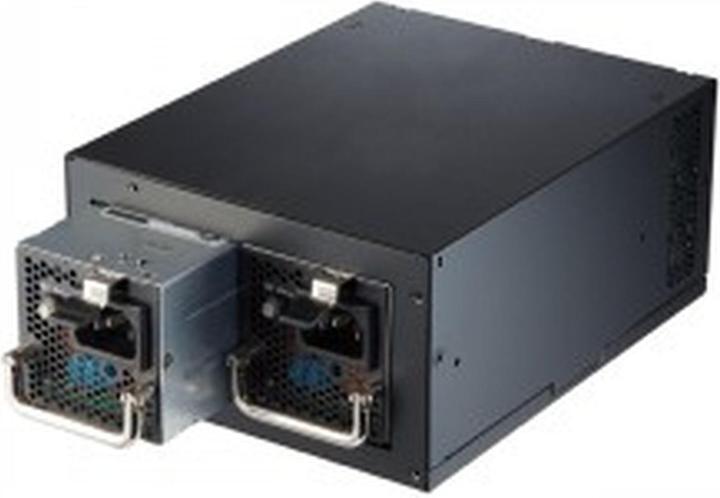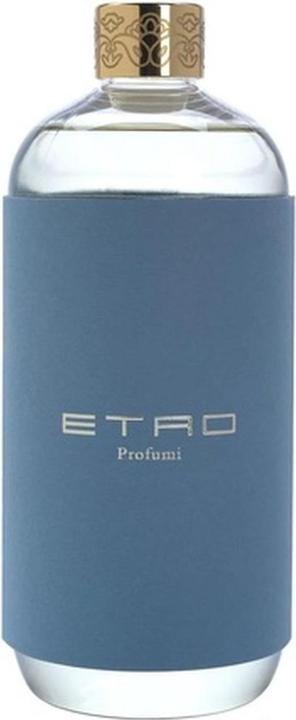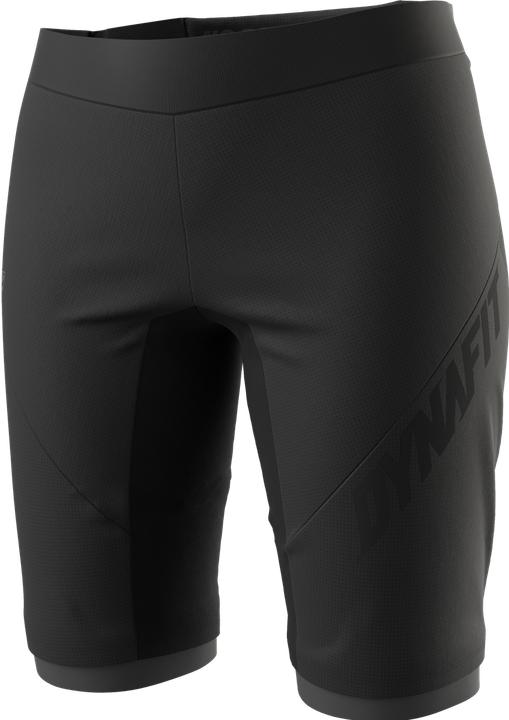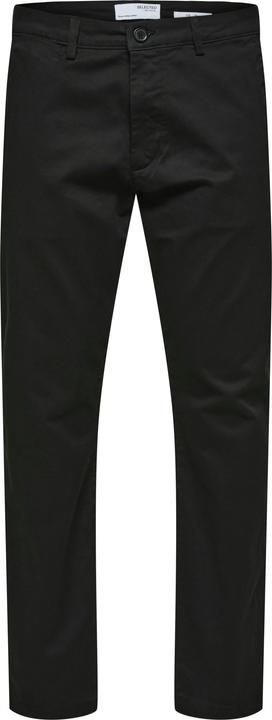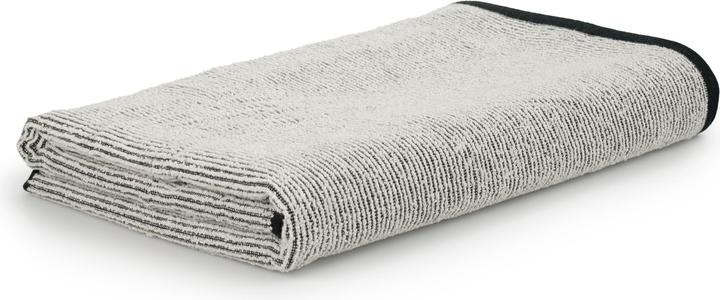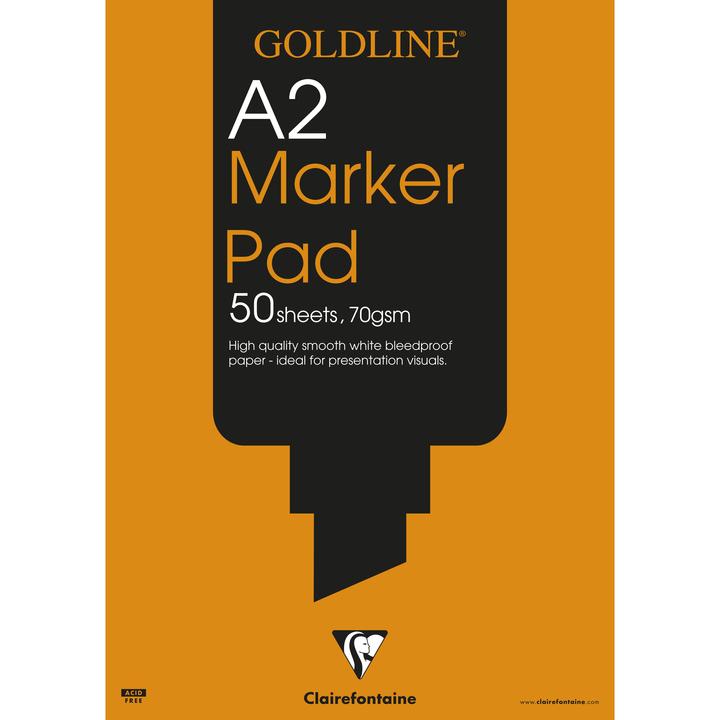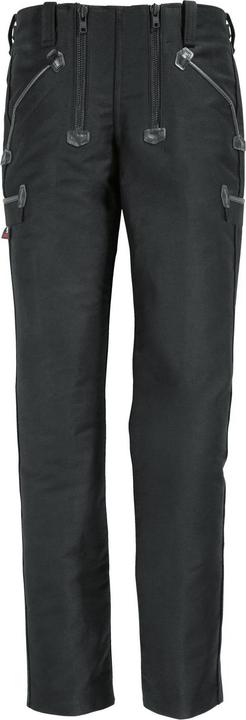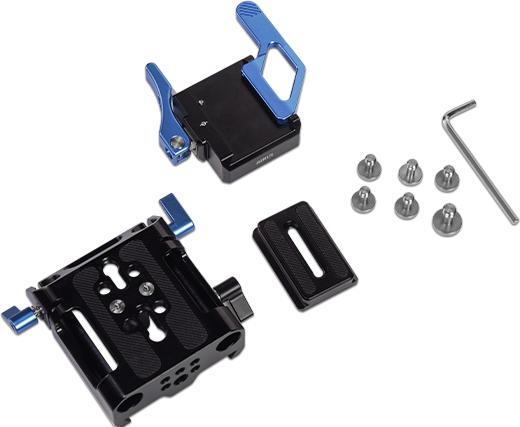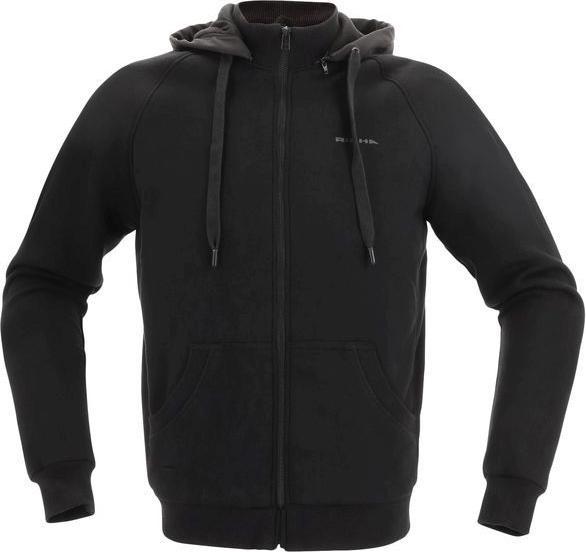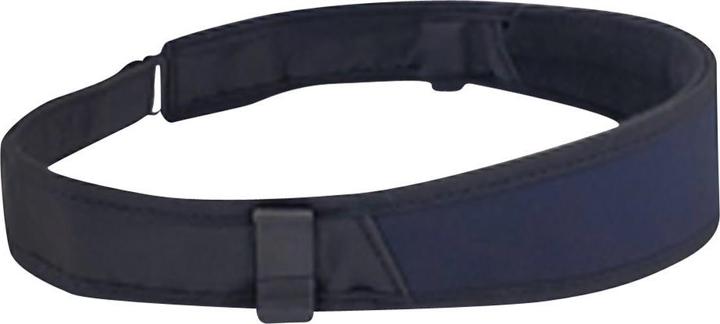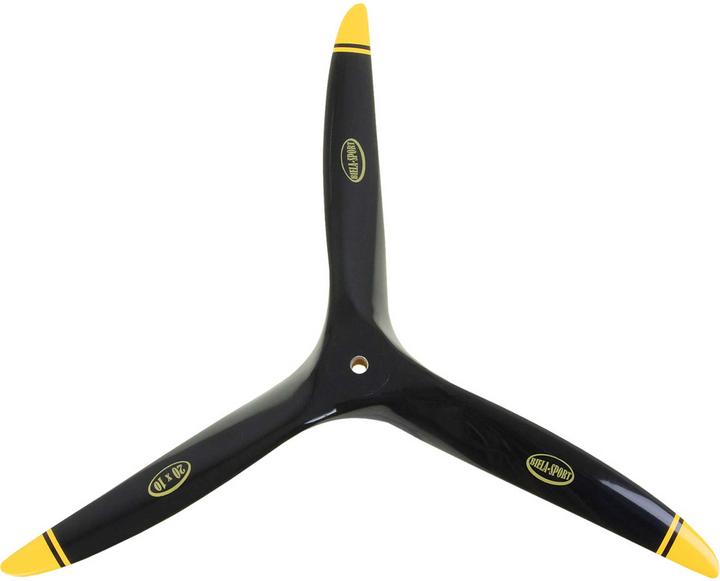
Siemens EQ700 integral TQ717D03
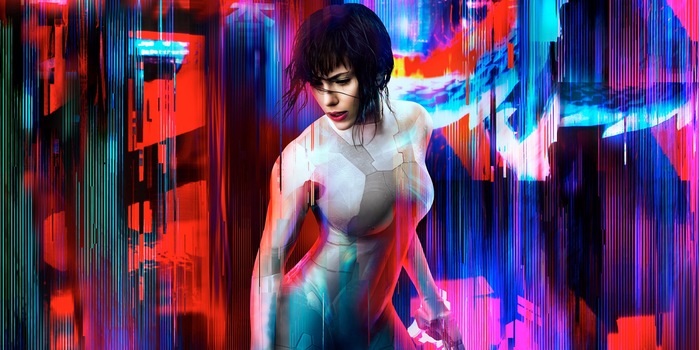
In the future, people can be remodelled at will. Bionics is so advanced that the loss of one's own eyes is something that only takes a lunch break. In this world, Major Mira Killian is the first in which only the brain is still human. It is the world of the cinema film "Ghost in the Shell". I've seen the film in advance and can tell you whether it's worth going to the cinema.
The so-called "shelling sequence" is often cited as an example of the film's outstanding animation and stylistic confidence. In these three minutes, Kusanagi's brain - the only part of her that is still made of flesh and blood - is transplanted into her new body.
In short, the live-action film adaptation starring Scarlett Johansson as the Major has big shoes to fill. The question of whether "Ghost in the Shell" can fill these shoes is not so easy to answer. The 2017 film does a lot of things right. Including the question of why a Caucasian woman plays the role of a woman who should actually be Asian. But the things the film messes up, it messes up at least as well.
This was followed by the television series entitled "Ghost in the Shell: Stand Alone Complex", in which, in addition to hunting criminals, tanks equipped with artificial intelligence called Tachikoma try to gain rights. Plus videogames, more manga and all kinds of merchandise. More films. More series. Including "Ghost in the Shell: Arise" and "Ghost in the Shell: The New Movie".
That's why it's always exciting to see what authors do with the basic idea. I find some of these reinterpretations better, such as "Stand Alone Complex", and others worse, including "The New Movie".
In the course of this article, I'd like to look at some of the core elements of the whole mythos around cyberbrains - human brains with direct access to technology - to give some cultural context to the film with Scarlett Johansson.
"Ghost in the Shell" (2017) begins with a text overlay. Among film enthusiasts, this technique of throwing context in the viewer's face is frowned upon. It's more elegant. Even in "Ghost in the Shell". The authors could have easily put these two or three important pieces of information about robotics and other things into a character's mouth, just like they did with the explanations of the terms "Ghost" and "Shell".
In the 1995 film, it looks like this.
The scene is recreated down to the last detail and proves early on that the film understands its origins, even if the scene has completely different content. Paramount Pictures has released the scene in advance on its official YouTube channel, presumably to reassure fans and critics.
It's really refreshing to see that the makers of the film didn't just rely on the basic idea, but also incorporated the heritage of the comics and animation. And in these key scenes, the film fully understands its origins.
The film understands itself a little less in everything that is not directly related to Motoko Kusanagi's employer, Section 9. Above all, the film has messed up the setting somewhat. Especially when it comes to the central question of the body. The subtext in all the media makes it clear that Kusanagi's body is heavy. Far heavier than a human being should be. When she jumps off the roof, the ground bursts beneath her feet.
Where the animated films and series have so far been a kind of thought-provoking exploration of the topic of humanity, this film is more of a personal drama about the Major. Because this story of Mira Killian has it all and provides an explanation for one of the main criticisms of Scarlett Johansson's casting.
The criticism that was levelled after the casting was announced was that Scarlett Johansson is Caucasian, while Motoko Kusanagi is Japanese. The film solves this in a very perfidious and clever way. Even though I'm personally in favour of seeing more women and minorities in leading roles, I think the way the film has taken the point in the story is clever and somehow engaging. Almost like the original film.
Journalist. Author. Hacker. A storyteller searching for boundaries, secrets and taboos – putting the world to paper. Not because I can but because I can’t not.
From the latest iPhone to the return of 80s fashion. The editorial team will help you make sense of it all.
Show allThe animated film "Ghost in the Shell" from 1995 is one of the classics of the genre. Just like "Akira", the film showed the Western world that animation can also be sophisticated and for adults. The story of Major Motoko Kusanagi, who poses the question of humanity in the age of the interchangeability of the human body and at the same time has to hunt down a hacker, is extremely sophisticated in terms of storytelling. But the film has also made history visually.
The thing about "Ghost in the Shell" is this: The basic concept is no stranger to reinvention and reinterpretation. The basic story of "Cyborg woman works for special police unit Section 9" was not always as serious as in the two film adaptations. The story began in 1989 as 攻殻機動隊 ("Kōkaku Kidōtai", roughly translated as "mobile, armoured police unit for riot operations") as a manga, or comic. In it, Motoko Kusanagi is not only the philosophising cyborg woman, but also has ideals and a sense of humour.
Six years later, the animated film gave the brand its seriousness and posed questions about intelligence as a defining factor for humanity and life and the Theseus paradox. This paradox can be summarised as follows: If you have a ship, then every now and then something breaks again. You replace it. When you have replaced all the parts, is it still the same ship? Kusanagi poses the question that the philosopher Plato and author Plutarch already grappled with: the human body and the human being instead of a ship.
Juliette Binoche's character Dr Ouelet rattled that off in two seconds and that's that. Fortunately, however, after the text on the screen, the film starts with a scene that appears in some form in practically every interpretation: the attack on the dinner. The key moments here are that assassins pull firearms out of suitcases, Kusanagi jumps off the roof in a tight dress and enters the room with the assassins through the window. She then jumps out of the window and disguises herself with a thermo-optical cloaking device.
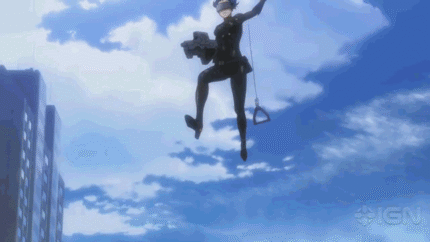
In the film, however, Scarlett Johansson is light as a feather and graceful. This is a mistake that animators often make in films, because computer-generated images have no weight and it is difficult to simulate this. As a result, it often looks false and unrealistic because the characters seem too light. Reversing this principle would have been great for "Ghost in the Shell". Motoko Kusanagi is too heavy for her normal-sized female body. So it would have been a nice touch if the character of Mira Killian had been heavier. Not bulkier, but heavier. Because that would make a key scene towards the end of the film a little more impressive. To give this away would be a spoiler and I want to spare you that.
The story of the film is pieced together from several versions. Villain Kuze (Michael Pitt) comes from the second season of "Stand Alone Complex", but was given aspects of the Puppet Master from the 1995 film. Kuze is after the bosses and scientists of the world's largest robotics company. The reasons for this lie deeply buried in a conspiracy from the military-industrial complex, the robotics company's cloak-and-dagger projects and the Major's personal history. Because this one has it all.
Because otherwise the film isn't that provocative. A story about a woman in a not-too-distant future, whereas the Japanese original wants to make the viewer think, no matter how trite or answer-free the topic may already be. The film lacks the courage to provoke. The producers and authors rely on Scarlett Johansson as the star and want to put personal drama before the implications of advancing bionics. As a result, the story seems to be one of many. It becomes interchangeable, flat and banal.
The final question: Is "Ghost in the Shell" a good film? Yes. In terms of its style and understanding of the subject matter, the film is good. The acting, special effects - practically computer-generated - and the design of the world are really very good. It's just a shame that the actors, with the exception of Scarlett Johansson, hardly get a chance to speak. I would have liked to have seen more of Pilou Asbæk in particular as Batou, the closest and probably only confidant. Apart from that, the film lacks the courage to be exceptional when it's not just about the visuals. It lacks the bite in the story and the challenge for the audience.

Siemens EQ700 integral TQ717D03
20 products are on offer, but who will buy them at the lowest price? Only the first to bid will win.

